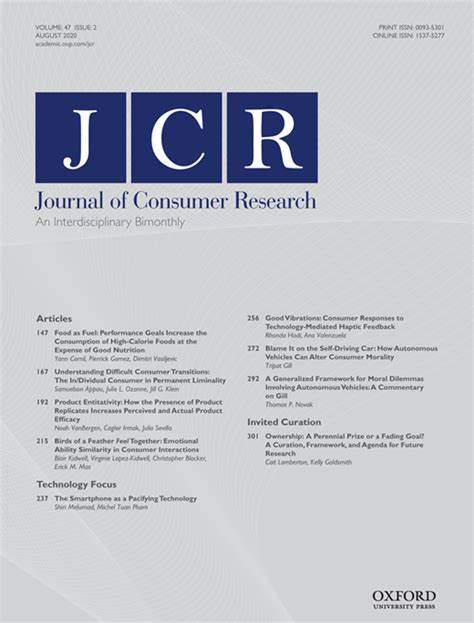多产品促销中的最终价格忽视:非综合降价如何促进更高价格的产品
IF 6.4
1区 管理学
Q1 BUSINESS
引用次数: 0
摘要
降价要么采取综合形式(例如,直接在价格标签上显示折扣),要么采取非综合形式(例如,折扣包含在发给消费者的优惠券中,因此与价格标签分开)。本研究探讨非整合与整合促销如何影响垂直差异化产品的选择。在适用于多种产品的整合促销(例如,$10)下(例如,原始标价:50美元vs. 30美元),消费者直接比较这些产品在促销后的最终价格(降价10美元后:40美元vs. 20美元)。相比之下,在相同货币价值的非整合促销下,消费者只是比较这些产品的原始标价(50美元vs 30美元),而忽略了促销后的最终价格,这需要计算。标价(50美元vs 30美元;相对于最终价格:40美元对20美元)作为价格比较的基础,减少这些产品之间的感知价格差异。因此,非整合促销(与整合促销相比)增加了消费者对高价产品的选择。一系列实验(N = 5188)证明了这一效应,并支持最终价格忽略机制。此外,虽然减弱了,但这种影响仍然出现在较小幅度的降价或以百分比形式降价。本文章由计算机程序翻译,如有差异,请以英文原文为准。
Final Price Neglect in Multi-Product Promotions: How Non-Integrated Price Reductions Promote Higher-Priced Products
Price reductions take either an integrated form (e.g., a discount shown directly on the price tag) or a non-integrated form (e.g., a discount contained in a coupon sent to consumers and thus separate from the price tag). This research examines how non-integrated versus integrated promotions influence choices among vertically differentiated products. Under an integrated promotion (e.g., $10) applicable to multiple products (e.g., original list prices: $50 vs. $30), consumers directly compare these products’ post-promotion final prices displayed on their price tags (after a reduction of $10: $40 vs. $20). In contrast, under a non-integrated promotion of the same monetary value, consumers simply compare these products’ original list prices ($50 vs. $30) and neglect their post-promotion final prices, which require calculations. The list prices ($50 vs. $30; relative to the final prices: $40 vs. $20) as a basis for price comparison reduce the perceived price difference between these products. Consequently, a non-integrated promotion (compared to an integrated promotion) increases consumers’ choice of higher-priced products. A series of experiments (N = 5,188) demonstrate this effect and support the final price neglect mechanism. Furthermore, although attenuated, this effect still emerges for price reductions of a smaller magnitude or in a percent-off format.
求助全文
通过发布文献求助,成功后即可免费获取论文全文。
去求助
来源期刊

Journal of Consumer Research
BUSINESS-
CiteScore
12.00
自引率
9.70%
发文量
53
期刊介绍:
Journal of Consumer Research, established in 1974, is a reputable journal that publishes high-quality empirical, theoretical, and methodological papers on a wide range of consumer research topics. The primary objective of JCR is to contribute to the advancement of understanding consumer behavior and the practice of consumer research.
To be considered for publication in JCR, a paper must make a significant contribution to the existing body of knowledge in consumer research. It should aim to build upon, deepen, or challenge previous studies in the field of consumption, while providing both conceptual and empirical evidence to support its findings.
JCR prioritizes multidisciplinary perspectives, encouraging contributions from various disciplines, methodological approaches, theoretical frameworks, and substantive problem areas. The journal aims to cater to a diverse readership base by welcoming articles derived from different orientations and paradigms.
Overall, JCR is a valuable platform for scholars and researchers to share their work and contribute to the advancement of consumer research.
 求助内容:
求助内容: 应助结果提醒方式:
应助结果提醒方式:


